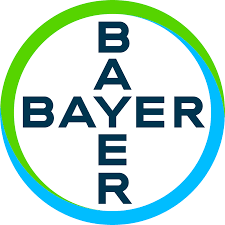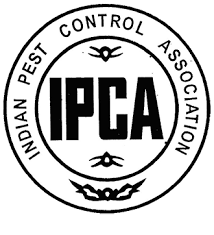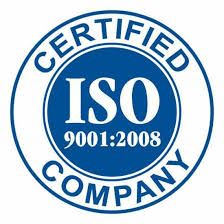





Pest control has long been a vital aspect of agriculture, public health, and maintaining our living spaces. Over time, the methods and philosophies guiding pest control have evolved to meet the dual demands of effective pest management and environmental sustainability. In this essay, we will explore the new and innovative strategies that are shaping the field of pest control, with a focus on the integrated approaches that are minimizing the reliance on harmful chemicals and embracing sustainable solutions.
Historically, the prevailing approach to pest control involved the heavy use of chemical pesticides. While these chemicals were effective in reducing pest populations, they often came at a significant cost to the environment, non-target species, and human health. Recognizing these downsides, there has been a paradigm shift towards more holistic and sustainable practices.
Integrated Pest Management (IPM) is at the forefront of modern pest control. This approach emphasizes a multifaceted strategy that combines biological, physical, cultural, and chemical interventions to minimize pest populations. Biological controls, such as the release of natural predators or parasitoids, have gained traction. For instance, ladybugs and parasitic wasps are used to combat aphid infestations in agriculture. These methods are not only effective but also reduce the need for chemical pesticides, contributing to a healthier and more balanced ecosystem.
Modern pest control also prioritizes prevention over reactionary treatments. Practitioners are increasingly focused on identifying and addressing the root causes of pest infestations. This includes improving sanitation practices, sealing entry points, and employing organic and resistant crop varieties in agriculture. By preventing pest problems before they escalate, the need for aggressive chemical treatments is significantly reduced.